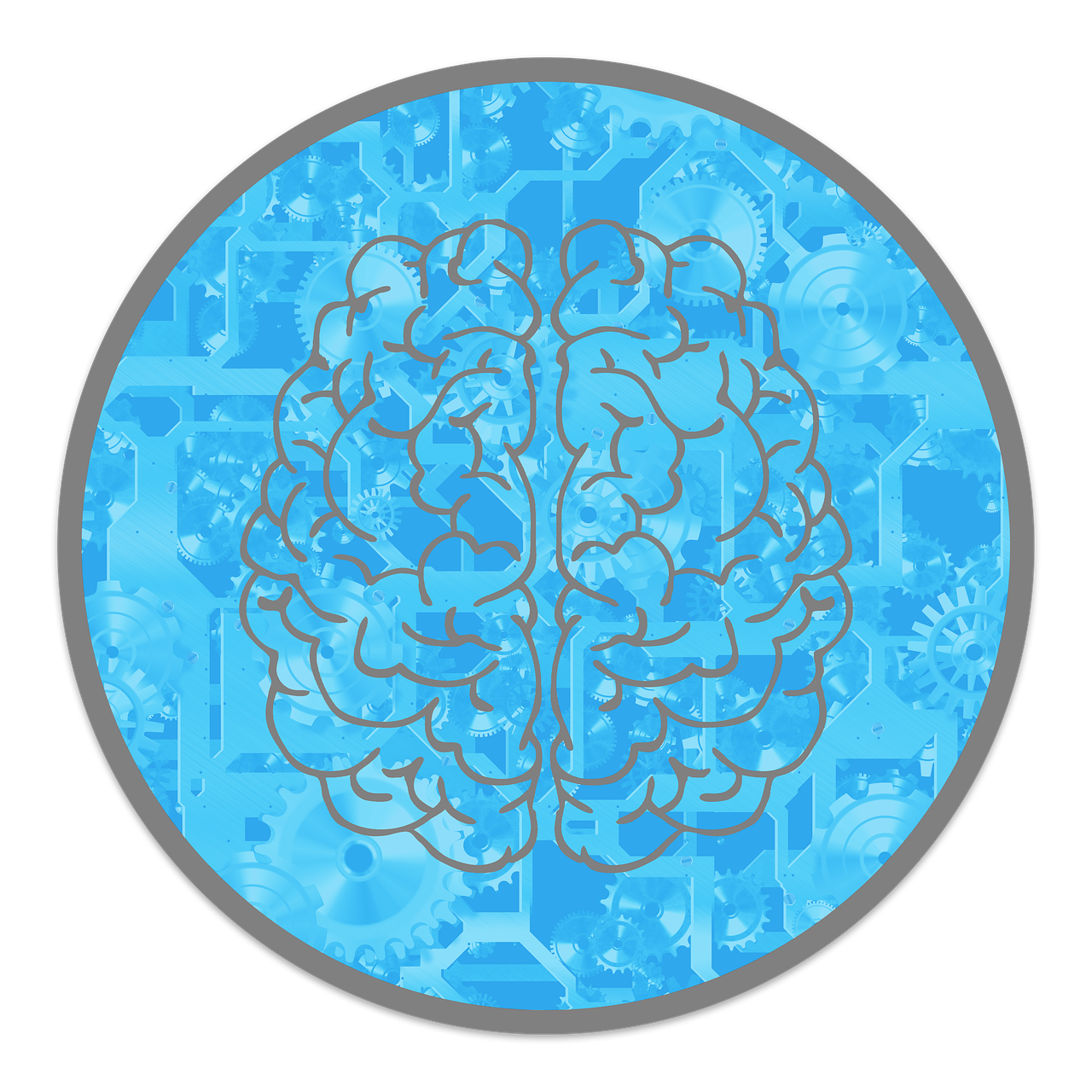
Ever wonder how some people crush their goals, stay chill, and still have time for Netflix? It’s not magic—they just know how to manage their time and energy like pros.
Turns out, the trick isn’t working harder (no need to pull Elon-level all-nighters).
A Harvard Business Review study found top performers don’t just manage time—they optimize everything: tasks, energy, and goals.
This guide breaks down 15 smart hacks to help you stop doom-scrolling and start getting stuff done—without losing your mind.
Ready to level up? Let’s go.
The Science Behind Peak Productivity
Let’s get real—being “productive” doesn’t mean stuffing your day with endless to-dos like it’s a Costco shopping cart.
True productivity is about doing the right stuff, at the right time, in a way that doesn’t burn you out.
A study in the Journal of Applied Psychology found that people who follow structured productivity habits don’t just get more done (about 25% more, actually)—they’re also way happier at work.
Like, 40% happier. That’s not just vibes; that’s data.
The real secret? Know when your brain’s on fire and when it’s basically in sleep mode.
Work with your energy, not against it.
Cut the fluff, build routines that fit you, and stop trying to be a robot. You’re not Tony Stark (yet).

Morning Momentum: Setting the Foundation for Success
Wanna win the day? It starts with what you do before 10 a.m.
High performers—from Tim Cook to Oprah—don’t roll out of bed and wing it.
They’ve got systems. Here’s how to build yours without turning into a robot.
1. The power hour technique
Your brain is freshest in the morning (science says so—thanks, University of Toronto).
Use that first golden hour to tackle your hardest or most important task.
No scrolling. No inbox. Just focus.
Here’s how to pull it off:
- Pick your #1 task the night before (future you will thank you).
- Block out all distractions—yes, even Slack and Instagram.
- Set a 60-minute timer and go full beast mode.
- Take a 10-min break after to reset.
- Think of it like going to the gym, but for your brain.
2. Strategic morning routines
Forget 5 a.m. ice baths (unless you’re into that).
The goal is consistency, not misery.
The American Psychological Association found that a solid morning routine cuts stress by 23% and helps keep energy up all day. Not bad, right?
Try this:
- Wake up the same time every day (yes, even Sundays).
- Move your body for 10–15 mins (stretch, walk, dance—whatever).
- Meditate or just breathe deeply for 5–10 mins (no need to becom a monk).
- Glance over your top 3 priorities.
- Eat something with protein—coffee doesn’t count.
3. The Two-Minute Rule
If it takes less than two minutes, don’t write it down—just do it.
Answer that email. Send that invoice. Toss the empty LaCroix can.
This genius tip comes from productivity legend David Allen.
The goal? Keep small tasks from piling up like laundry on a chair you swear isn’t a second closet.
Energy Management: Working with Your Natural Rhythms
Forget the hustle 24/7 grind—your brain’s not a machine, and coffee can only take you so far.
Real productivity means knowing when to work, not just what to work on.
Let’s talk energy, rhythm, and yes—naps that even NASA approves.
4. Identify your peak performance windows
We all have prime time—and no, I don’t mean Netflix.
Most people hit peak brain mode from 10 AM to 2 PM, with a bonus boost around 6 PM (thanks, Circadian science!).
What to do:
- Track your energy every hour for a week (a simple 1–10 scale works).
- Do the hard stuff—writing, brainstorming, decisions—during your peak.
- Save admin tasks (like clearing your inbox or updating spreadsheets) for your slump hours.
- Guard your prime hours like Beyoncé guards her privacy—no meetings, no distractions.
5. The 90-minute work cycles
You’re not meant to sit and grind for 5 hours straight.
According to ultradian rhythm research, your brain works best in 90-minute focus sprints.
After that, it’s basically running on low battery.
How it works:
- Work hard for 90 minutes (no multitasking, no email tab open).
- Break for 15–20 minutes. Walk, hydrate, stretch, stare into the void—whatever resets you.
- Repeat up to 4 rounds max. After that, your brain starts checking out.
- Think of it like Netflix binging, but with work: 90 minutes on, short snack break, repeat.
6. Strategic napping for cognitive enhancement
NASA literally found that a 26-minute nap can boost your performance by 34%.
That’s like adding an extra brain upgrade mid-day.
Pro napping tips:
- Keep it under 30 minutes—longer naps can make you groggy (aka nap hangover).
- Best time: 1–3 PM, right when the post-lunch crash hits.
- Nap in a dark, cool space. Eye mask and white noise optional but elite.
- Set an alarm. You want a boost, not a full sleep cycle.

Task Management: Systems That Scale
If your to-do list looks like the script for a Marvel movie—endless and chaotic—it’s time to level up your task management.
Here’s how high-performers sort, schedule, and actually finish what matters (without melting down by noon).
7. The Eisenhower matrix 2.0
The OG Eisenhower Matrix was cool—urgent vs. important.
But we’re making it smarter by adding a third filter: energy. Because let’s be honest—some days you’re Iron Man, and some days you’re… just the suit, powered down.
How to use it:
- Urgent + Important + High Energy? Do that first thing when your brain is sharp.
- Important + Not Urgent + High Energy? Schedule it during your second-best time block.
- Urgent + Not Important + Low Energy? Delegate it, or batch it like emails on autopilot.
- Not Urgent + Not Important? Delete. Say goodbye. Marie Kondo your task list.
8. Time blocking with buffer zones
Time blocking = telling your calendar who’s boss.
But don’t just stack meetings like Tetris—buffer zones are your secret weapon.
Cal Newport’s research says this can boost your output by up to 40%. That’s like giving your day a productivity protein shake.
Do it like this:
- Group similar stuff together (emails, meetings, creative work = different blocks).
- Add 15-minute breathers between blocks. You’re not a robot.
- Use colors. (Red = urgent, blue = chill. Channel your inner Google Calendar Picasso.)
- Block “Oh crap” time daily—for those surprise fires.
- Review your week every Friday and tweak what didn’t work.
9. The 3-2-1 priority system
Overwhelmed by your to-do list before you’ve even had coffee? Try the 3-2-1 rule.
It’s like productivity Sudoku, but way easier.
Here’s the breakdown:
- 3 tasks: Must. Be. Done. Today. No excuses.
- 2 tasks: Nice to finish, but not a meltdown if they roll to tomorrow.
- 1 task: A stretch goal. If you finish it? Gold star. If not? No shame.
Technology Integration: Digital Tools for Analog Minds
We’re living in the future, but a lot of us still manage our tasks like it’s 2003.
The truth? You don’t need to be a coder or wear a Steve Jobs turtleneck to make tech work for you. Use the tools. Skip the burnout.
10. Automation for repetitive tasks
If a task feels like it’s stuck on repeat, there’s probably a bot for it.
McKinsey found that 45% of the stuff we do at work could already be automated. That’s… a lot of saved hours.
Stuff you can automate today:
- Set email filters—let robots sort the junk.
- Auto-schedule your social posts while you sleep.
- Pay bills and transfer money without lifting a finger.
- Use tools like Zapier or Notion AI for data entry and reports.
- Let Calendly handle all your “What time works for you?” drama.
11. The Pomodoro technique enhanced
The classic Pomodoro method (25 minutes work, 5-minute break) is great… until you’re deep in a task and the timer drags you out like it’s your mom telling you to pause Xbox.
Upgrade it based on what you’re doing:
- Simple tasks? Stick with 25-minute sprints.
- Complex stuff (like writing or coding)? Go 45–60 mins.
- Creative flow? Let it ride for 90 mins (don’t break the mojo).
- Admin work? Keep it light—15–20 mins then break.
12. Digital Minimalism for Focus
A UC Irvine study found that every time you get distracted, it takes 23 minutes to get your focus back. That’s like losing a whole episode of The Office just because you checked Slack.
Simple ways to declutter your digital life:
- Use site blockers (like Freedom or Cold Turkey) during deep work.
- Turn off every notification that isn’t critical.
- Check email and socials at set times, not every 8 seconds.
- Put your phone in another room when you need to focus.
- Turn on grayscale—it makes your screen boring on purpose.

Advanced Strategies: The 1% Edge
This is the part where productivity goes from “I’m keeping up” to “I’m casually crushing it.” No burnout, no 5 a.m. ice baths—just small shifts with big payoffs.
13. The compound effect in daily habits
Stanford research says if you improve just 1% a day, you’ll be 37x better in a year. That’s not a typo. That’s math magic.
Easy micro-habits that stack up fast:
- Read 10 mins a day (even if it’s a newsletter or manga).
- Write down your top 3 priorities every morning.
- End your day with 2 minutes of gratitude (no eye-rolls, it works).
- Do 10 push-ups every hour like you’re prepping for a Marvel role.
- Drink a glass of water first thing. Coffee comes after hydration, hero.
14. Strategic saying No
Warren Buffett said it best: “Very successful people say no to almost everything.”
Why? Because time is currency—and you’ve got bills to pay in focus.
Here’s how to say no without ghosting or guilt:
- Pause before saying yes. If it’s not a heck yes, it’s a no.
- Ask: “Does this move me closer to my actual goals?”
- If you can, offer another way to help.
- Be clear, kind, and brief—no need for a TED Talk.
- Remember: every no = a yes to what really matters.
15. Weekly and monthly reviews
Goals don’t work on autopilot. You’ve gotta check in like it’s your fitness tracker yelling at you. P
eople who write down and review goals are 42% more likely to hit them, says research from Dominican University.
Keep your goals fresh with this review flow:
- Weekly: What worked? What flopped? What needs tweaking?
- Monthly: Are you moving toward your big goals, or just putting out fires?
- Quarterly: Rethink your systems. What’s outdated? What’s still gold?
- Yearly: Go full reflection mode—career, life, growth, everything.
Conclusion: Your Path to Peak Performance
Getting more done isn’t about grinding harder—it’s about working smarter.
The top performers? They don’t hustle 24/7—they build systems that work with their brain, not against it.
Start small. Pick one or two of these hacks that fit your vibe. Get good at them.
Then stack more as you go. The goal isn’t to become a productivity cyborg—it’s to free up time and energy for the stuff (and people) that actually matter.
You’ve got the tools. Now go build a life that feels good and gets results. One smart move at a time.



